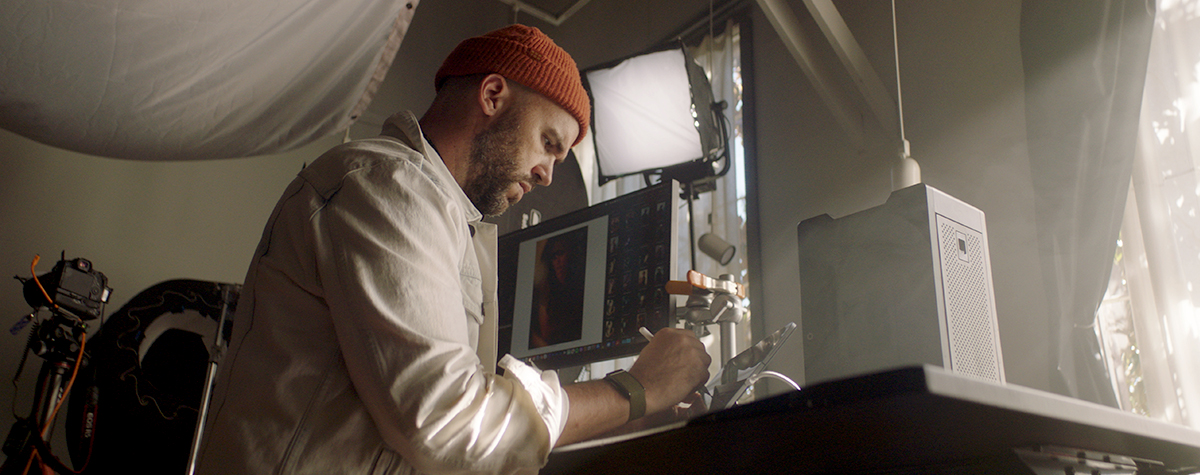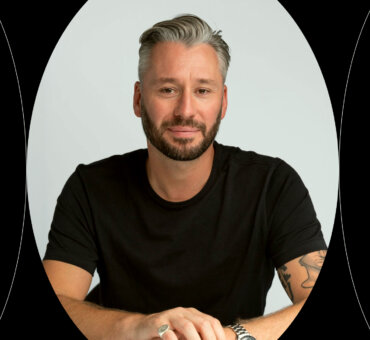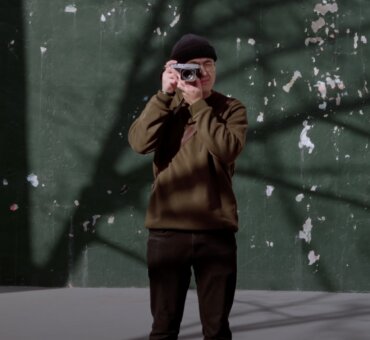Over the past few years, we’ve spoken with quite a few creative professionals—people at top agencies, post houses, and everything in between. While each conversation is unique, there has been a common thread: remote work. Most of these professionals spoke to us from their home offices, where they’ve been working out of necessity, opportunity, or a combination of both.
If the idea of remote work seems a bit “2020,” don’t be fooled. Remote work isn’t going anywhere, even if it’s a hybrid. You probably already know this, but working remotely with creatives comes with its own set of challenges, opportunities, and special circumstances. As Albert Einstein once said, “I never made one of my discoveries through the process of rational thinking.” By definition, we creatives are neither rational nor predictable—nor easily manageable. That’s the whole point.
So, today, we’re pulling some tips from people who know a thing or two about working with creatives, remotely and in person. They have insight on how to make this working relationship more compatible, healthy, and efficient—if that’s even a word you can use in the creative realm. Here are five top creatives on working remotely.
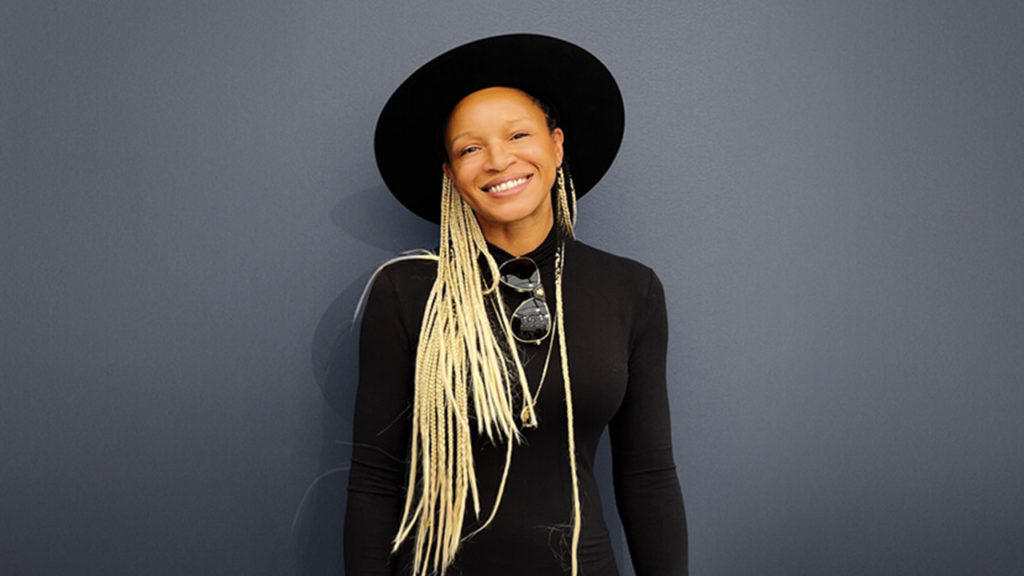
Fostering a supportive, mindful culture isn’t about increasing productivity—it’s about protecting your people.
Our first point comes from the very insightful mind of Sherina Florence, who’s seen her fair share of the advertising world. And, after seeing so much of it, she values health and happiness first and foremost. Good work is almost a given:
I was coming out of a very busy agency that hadn’t quite figured out how to manage the pandemic. I’m sure 72andSunny went through that. Everybody went through that. But, by the time I got to 72, they had established things like “screen siesta” downtime when no one could book meetings. They’d established ways to handle big cultural moments when we might need to step away or we might need to support our team members. It’s created space for good health.
I don’t know how much it impacts the work necessarily. I think the work gets done regardless. That’s the thing about agencies. The work is always going to show up, and the work will always be good because people are talented. But, will people be injured in the process of making the work? You’ll watch a movie and it says, ‘No animals were harmed in the filming of this film.’ There’s a lot of creative work in the world that you can’t say that about creatives.
So, as a manager or director, the first tip is simple, and it doesn’t only apply to remote work: create a healthy work environment for your creatives. This may look different in a remote environment. You’ll need to be more intentional about protecting people’s time, especially in a world where there’s literally no separation between work and home life. Get to know your team, learn what’s going on in their lives, and prioritize their well-being—they’ll return the favor by prioritizing the work.
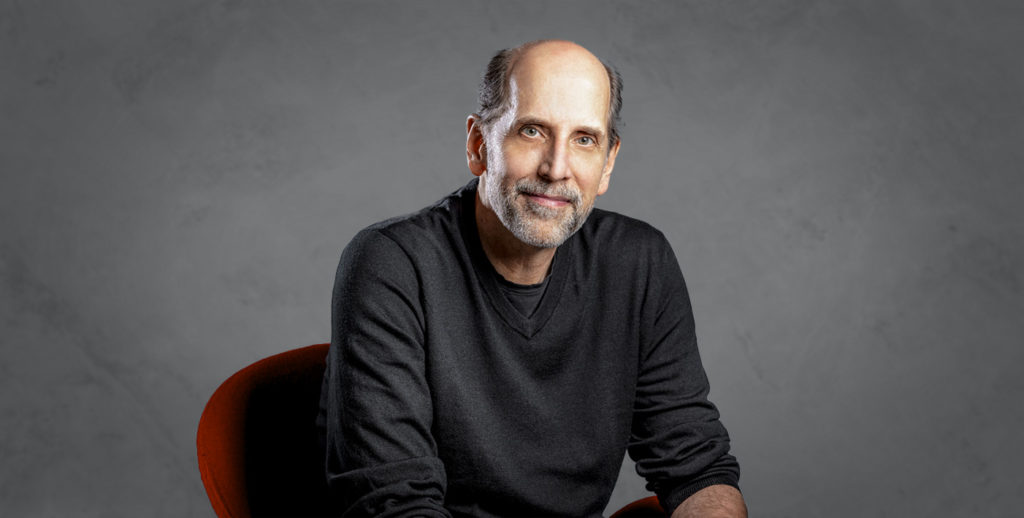
The path to creative breakthrough is different for everyone. Give your people the space they need to find theirs.
David Ogilvy once said, “Nobody ever arrives at a very big idea through a conscious, rational thought process. It comes from your unconscious.” In other words, creatives need some space and movement for those gears to start turning, and that’s a process that doesn’t run on a strict 9-to-5 work schedule. Chris Franklin shares his thoughts:
We’re a small editorial company with about 11 people. Everybody’s been remote. Nobody’s been together, and it’s been a little weird. But, I think the good thing that’s going to come out of it is that it’s remarkable what it does to your quality of life, even though you’re separate from people, you rediscover a lot of things that you forgot about.
Obviously, a lot of people embraced exercising, which I did like crazy. And I’d always struggled to do it. I’d always struggle to get to the gym because I was leaving too late from work, and I couldn’t get there. You always have an excuse. Now, the machine just stares at you [laughs]. I wind up doing it every day, and it’s been great. Exercise is not a luxury. It’s a necessity—thinking clearly and being healthier and all that stuff.
That’s where your brain starts kicking into thinking about creative solutions. You’re not going, ‘All right. Now, I’m going to go run, and I’m going to try to think of an answer.’ All of a sudden you’re running, and your brain’s just clicking in the background, and you’re thinking, ‘Oh, wait a minute. I could do this, this, or this.’ It’s been amazing. Everybody’s going to realize something that is certainly true in post-production that we’ve been trying to prove for years—you don’t have to go to a place five days a week and sit there with people in your room doing the work. It’s not necessary.
For managers, this may be the most difficult aspect of working with creatives remotely—letting go. It’s hard-wired into our brains that people need schedules and oversight at all times, but it’s simply not true. If you can’t trust your creatives to get the work done, then no schedule or monitoring is going to solve that problem for you. But, chances are you hired good people who are going to get the work done, so let their creative brains do the work on their own terms, whether that’s on a run or through meditation or simply doing a jigsaw puzzle. Give them space.
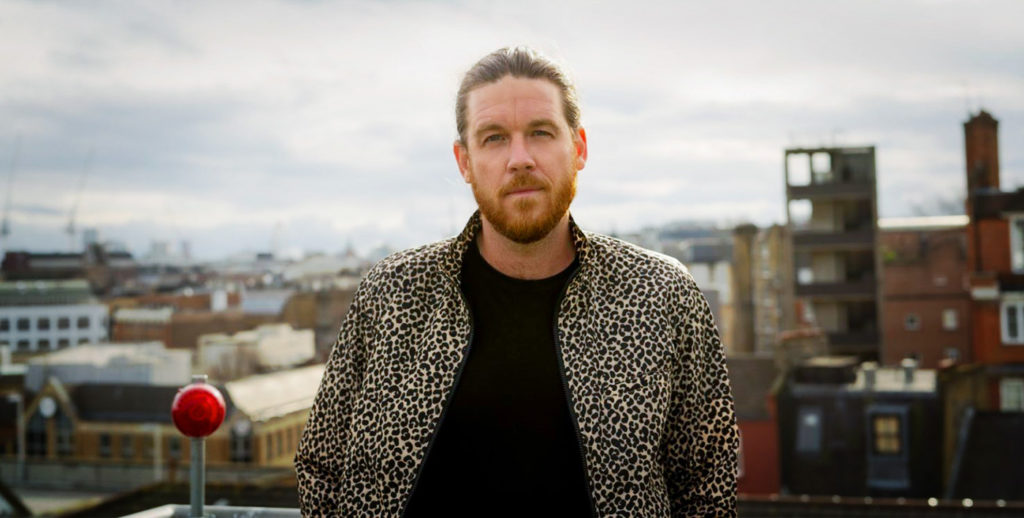
In a remote culture, being “present” matters. Make video calls count—turn on your camera, unmute your mic, and encourage real engagement.
Presenting your creative ideas comes with its own anxiety-inducing moments, and that can be especially true when you’re presenting over a video conference. Danny Hunt, Creative Director at Lucky Generals, remembers a particularly harrowing experience:
Working remotely has been a learning curve. Particularly with creative teams, it’s difficult because you can’t read body language when you’re doing reviews with them. They’re putting their heart and soul out there on this PowerPoint slide. It might be rubbish, but sometimes you’re just presenting half a thought. And, rather than being in a room where it’s a bit more personable, you’re actually on a Zoom where you’ve got an account person, me, and someone I’ve never met in real life. I think that’s really difficult—to manage that.
My first presentation was an absolute disaster. I presented and everyone disappeared. I couldn’t see anyone, and I was like, ‘Where’d everyone go?’ They all took their cameras off and said, ‘We’re still here. We’re just listening.’ I felt like I was presenting to nothing, and it’s like throwing your heart down a well. They didn’t like anything. It was an absolute shit show. You’re thinking, ‘Wow, that was bad,’ and you just sit there by yourself, just picking through things and overanalyzing them by yourself.
In general, creatives make things for other people, which means they thrive on response, reaction, and yes, praise. If you’re on the receiving end of a creative presentation, then you’ll need to go above and beyond to show you’re engaged with what you’re seeing and hearing. As Danny said, turn your camera on. Drop messages in the chat to let them know what you do and don’t like (negative feedback is better than silence).
With in-person meetings, the presenter can interpret different forms of silence. Sometimes it’s engaged silence. Other times, it’s a lack of interest. During a video conference presentation, you’ll need to make the reception of the idea absolutely clear and (over)react accordingly.
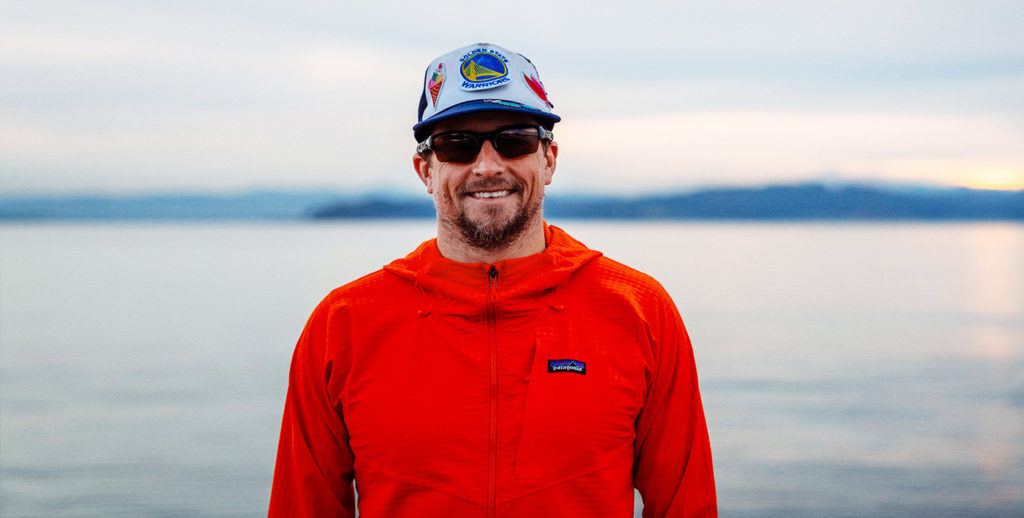
Creativity doesn’t happen in thirty-minute blocks. Nurture a culture of organic collaboration so ideas have time to breathe.
Rob Lambrechts has a few good points to share—first, about the power of creativity and how adaptable we can all be in the face of adversity. He’s been seeing increased productivity during remote work, but also some unique challenges.
At the beginning of the pandemic, it was crazy. Everyone was trying to figure out what was going on, how do we use Zoom, how do we use Zoom for our clients, what’s our plan for our clients? We were developing a million different plans. That was the beginning, and that was super stressful. But it’s leveled out, in a way.
Once we got the hang of everything, people adapted insanely fast. If you’d asked us last January if we could be a fully remote agency we would’ve said absolutely not. But, it was forced upon us, and it’s been going pretty good. We were putting together a new business presentation today and someone asked, “Can you show us some things you made in the pandemic?” We started putting stuff in, and we’ve made more in the past four months than we’ve made in the last year, which is crazy.
I realized that I actually don’t mind being alone, and I don’t mind working alone. When I’m alone, I like to be left alone. When I’m working with people, I like to be together with those people. What I’m not a fan of is being alone and my day being sectioned off in 30-minute increments to talk to people over Zoom. I don’t totally love the hybrid.
In a remote work environment, we need to be intentional about our time, but intentionality can also suffocate the creative process. If every meeting is set for 30 minutes and only 30 minutes, then how do we give ideas space to grow and adapt? By integrating more unstructured meetings, whether it’s a video call or a phone call, we can help create a more productive “hangout” environment—a space for creatives to throw ideas at the wall and see what sticks. As soon as you put a time limit on that, it starts stifling the process. Be sure you’re not eliminating brainstorming sessions in your remote work setup.
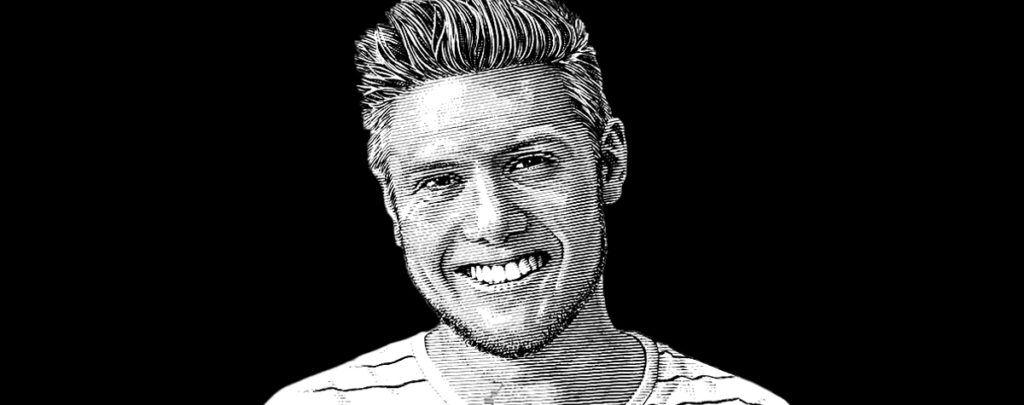
We’re only human. Break down barriers and improve collaborative relationships by embracing the unique circumstances that make people who they are.
Let’s be honest: we all did our best to carefully arrange the background of our home offices, arranging our potted plants and heady books we never actually read in the background, while shoving our dirty laundry and lunch just out of frame. But, sometimes you just can’t hide your life and, as Josh Hillman points out, maybe that’s not a bad thing:
I have two little kids, and their daycare closed for a couple of months, which was difficult because my wife works as well. I was trying to maintain my business and babysit at the same time, and it was just a mess. Having kids at home, depending on their ages, must be so tricky for people.
My boss has two kids. We were on a call the other day to Oatly, the oat milk company, and he got shot in the face with a Nerf gun. They’re Swedish, and they’re very fun. They’re an amazing brand. But it was quite a serious meeting and the kids are shooting Nerf guns [laughs].
It was actually brilliant. It’s been really nice because it humanizes people, you know? We may be saying, ‘We really need to talk about whether the color green is going to come out right,’ and the next minute someone’s saying, ‘Actually, my kid needs to go to the bathroom.’ It’s nice that it humanizes people and breaks down some barriers we sometimes put up.
Moving forward, some creatives may be working in the office, others may not. Regardless, it’s important to remember we’re all human and we’re probably not quite as “curated” as we may like to seem. So, creative or not, maybe it’s time we stopped putting anything but our true selves out into the real world. When you think about it, that’s what we were hired to be—ourselves. And, if remote work helps bring more of “us” to the workplace, then bring on the Zoom calls and home offices. It could be a blessing in disguise.















































































